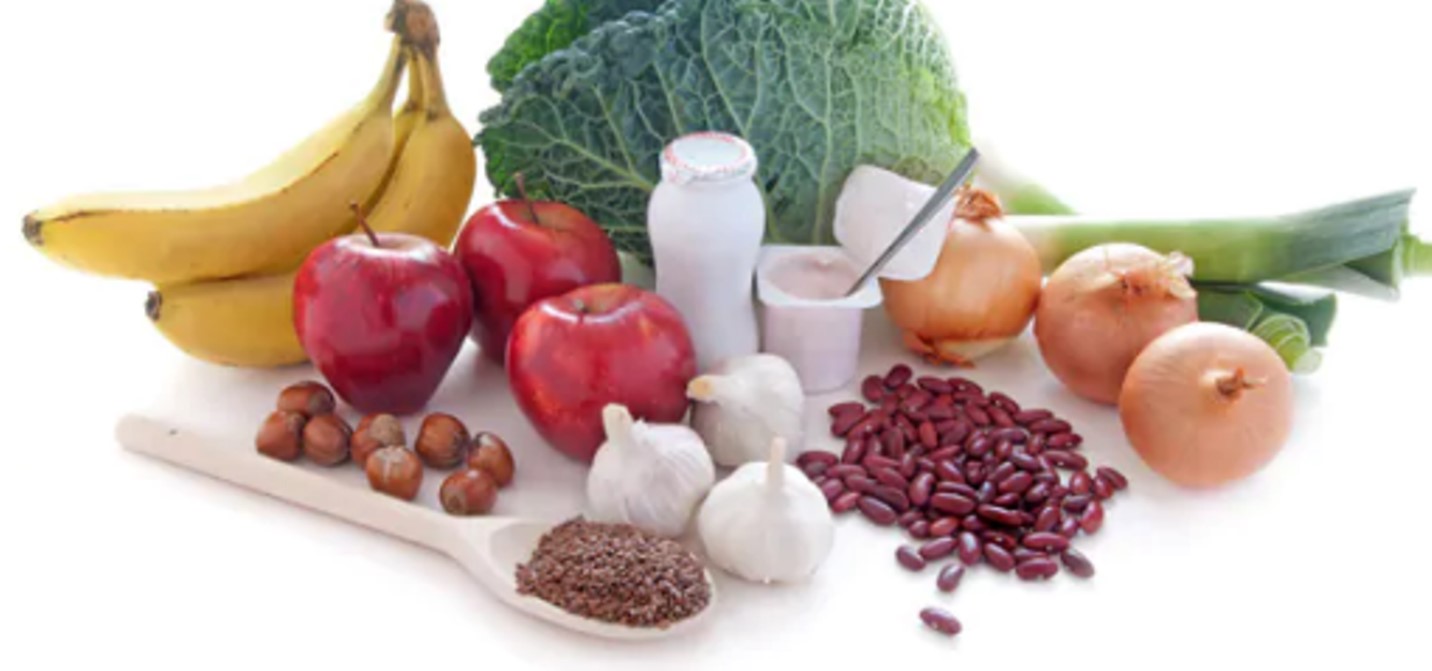
The digestive system accommodates so many bacteria, actually in their trillions; and this includes good bacteria and bad bacteria. Your gut is home to so many of these and there are unique plants, high in fiber content, that aid the growth of these bacteria in the gut. These plants are known as prebiotics and their purpose is promoting a better functioning digestive system.
They are basically non-digestible plant fibers that move across your digestive tract stimulating growth and activity among the good and beneficial bacteria that occupy your large bowel. This they do by providing a substratum for these microorganisms. Just like probiotics, prebiotics as performing food elements, are usually conceptualized as somewhere in the middle of drugs and foods.
Since the time Marcel Roberfroid first discovered and named them in 1995, as we are informed here, there have been some modifications to the definition of prebiotics. In the same way, the classification of foods that fall into this category has equally evolved. In primal definitions, prebiotics referred to food ingredients that were non-digestible, and were of benefit to bacteria inside the colon. However, with more information showing that they were not restricted to benefitting just the bacteria in the colon, their definition was upgraded to reflect the fact that they were a substrate benefitting selectively various microorganisms within the body, and in turn providing health benefits.
Identifying Your Prebiotics
The intake of prebiotics can aid in boosting health and one main source for them are carbs known as oligosaccharides. Galactans and fructans are two specific oligosaccharides are of benefit in the growth and activity of microorganisms within the gut. A number of other dietary fibers equally fit the description of prebiotics. Examples include beta-glucans, pectin and resistant starch.
To be included in this group, compounds must meet certain criteria. These include:
- Ability to target selectively the bacteria to benefit from their stimulation to activity and growth.
- Positioned for selective targeting for fermentation by gastro microorganisms.
- Should be non-digestible.
- Must be able to resist being broken down by enzymes and acids within the stomach.
You can source prebiotics from a number of vegetables, whole grains and fruits. Some sources include: bananas, artichokes, barley, asparagus, berries, garlic, chicory, onions, green vegetables, oats, legumes, wheat, tomatoes and soybeans. They are equally found in breast milk; so, babies also take them.
Aside from the natural sources listed above, they can also be added to products. We can read about this here: https://www.webmd.com/digestive-disorders/prebiotics-overview. Examples of such products, which are usually said to be fortified include: bread, cereal, baby formula, yogurt and cookies. They’ve also been known to be made into dietary supplements.
When you go shopping, don’t expect to see the word “prebiotics” clearly embossed on the label. Often, they are identified in these products by other names like: fructooligosaccharides, galactooligosaccharides, oligofructose, inulin and chicory fiber.
Health Benefits

Beyond acting like fertilizers that help good microorganisms grow (and it is good you know that without them these microorganisms suffer), they can be good to your body in quite some other ways. Below are some of the ways they help the body.
- They are quite helpful in your body’s absorption of calcium.
- They reduce how often foods can bring about spike in your blood sugar.
- They enable faster fermentation of food, making them move out quicker from your digestive system. This reduces cases of digestive disorders.
- The cells lining your gut are kept healthy because of them.
Further research into the extent to which prebiotics can be helpful in the management of gut diseases is ongoing. The possibility of these fibers offering a solution for irritable bowels and controlling obesity is quite promising. Other areas of promise include its impact on the effectiveness of the immune system, its ability to bring about a reduced risk of colorectal cancer, hypertension and defecation issues. They are expected to be also helpful in reducing a person’s susceptibleness to infections and the need for antibiotics, especially in children under two years of age.
In Conclusion
Whole foods are the best sources for these plant fibers. The reason is simply that whole foods will also contain minerals, vitamins and antioxidants. However, to be sure you are getting sufficient supply, prebiotic supplements may be used. No general consensus yet exists on how much can be regarded as sufficient daily intake. However, some recommend a range beginning from 4g to 8g for issues having to do with supporting digestive health, and for issues involving digestive disorders, a daily intake of 15g.
Finally, bringing in substantial amounts of prebiotics into your diet will bring about increased fermentation. This in turn leads to an increase in gas production, bowel movement and bloating. In the absence of sufficient bacteria presence within the intestine, the absorption of nutrient will suffer. If a sudden high intake of prebiotics is introduced, it will increase, temporarily, transit times in the colon. Given this, it is therefore advised that intake should begin with gradual amounts to allow your system to gradually get used to them.
